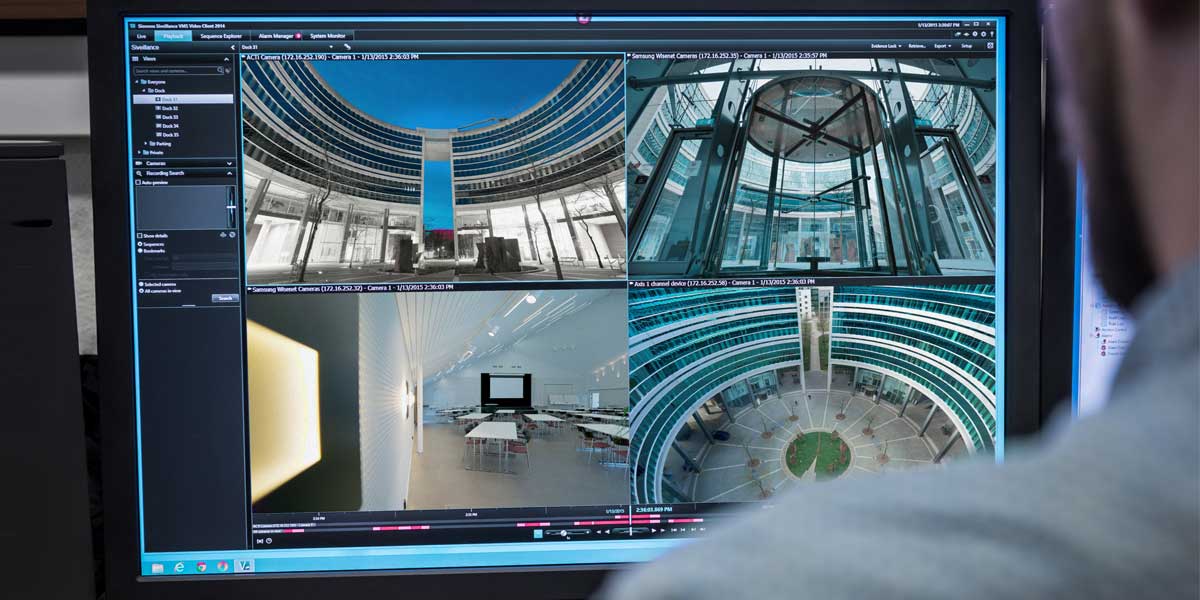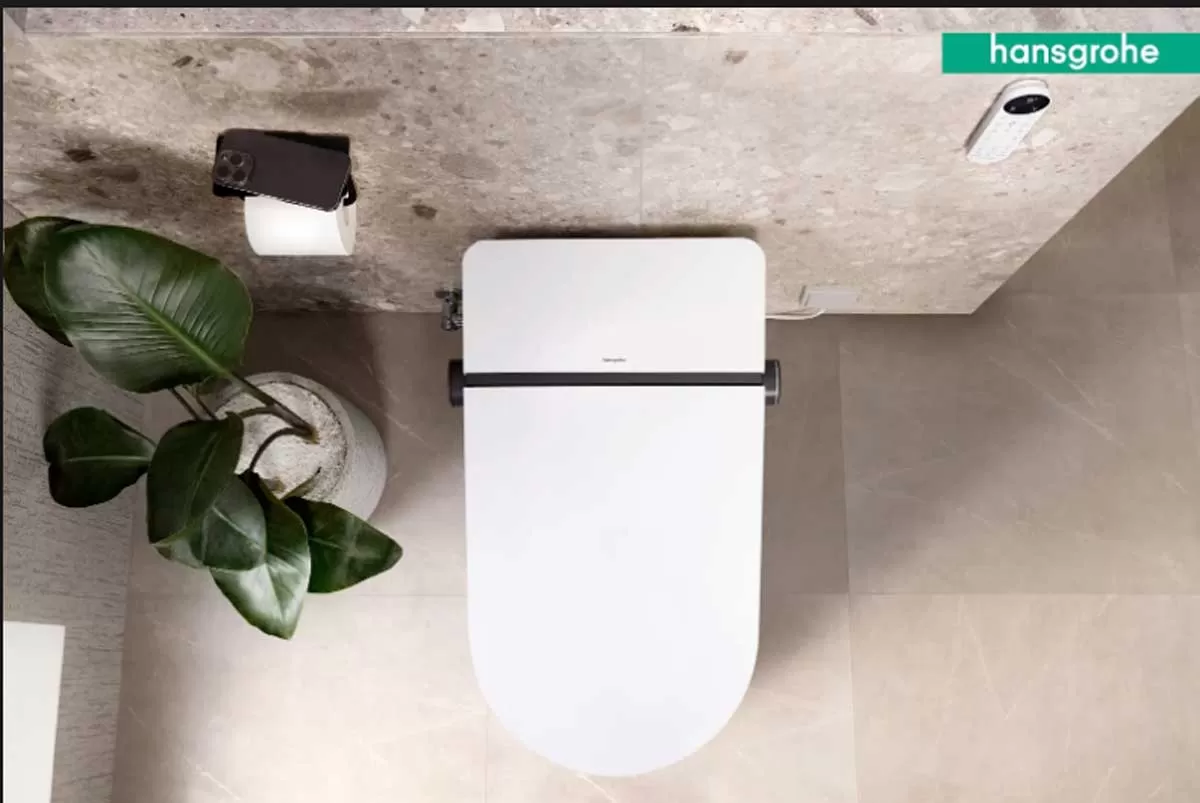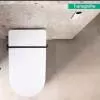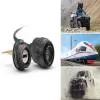While the demand for safety and security systems is stable, future-oriented, modern, digital
technologies in this space are seeing good opportunities, according to Prabal Bose, Vice-
President - Regional Solutions & Services, Smart Infrastructure, Siemens India. “For
instance, Internet of Things (IoT), artificial intelligence (AI) and machine learning are gaining
importance in the context of security, legal, compliance, and reputation; as any unmanaged threat
can be financially crippling and negatively impact business continuity.” Demand for safety and
security systems is moderate to high, he reckons.
“In Q3, we saw a slight improvement in business and are hopeful that business will further
improve in Q4, says Pramoud Rao, Managing Director, Zicom.
Demand drivers by sector
Activity in the real-estate sector is very slow and the infrastructure sector is also not expressing
any major enquiries, observes Rao. “However, segments like BFSI, logistics and, to some extent,
manufacturing have been less affected and are driving demand.”
“We see a positive trend in sectors like data centres, financial, life sciences, metros and airports,”
says Bose.
Pandemic impact on residences
Residential real-estate projects have largely seen an increase in demand for security products and
solutions existing in the market (prior to the pandemic) as awareness among home owners has
significantly risen, says Mehernosh Pithawalla, Vice-President, Godrej Security Solutions.
“Townships and multi-building gated communities opt for multi-apartment video door phones,
fire alarm systems, CCTV systems, boom barriers, access control, and others. Single buildings
largely opt for standalone video door phones. Developers also provide personal lockers, home
lockers and community lockers to apartment owners.”
Smart integrated IoT device-based home solutions saw increased acceptance during the
pandemic, fuelled by the wider availability of Wi-Fi, says Vishnu Choudhary, Managing
Director, Athena Security Solutions.
“Puravankara offers homebuyers touchless technology to reduce their dependence on switches
and other areas with common touch points inside a home,” shares Ashish R Puravankara,
Managing Director, Puravankara. Such offerings may have more value now. “We brought out
our patented touchless solution ‘BluNex’ before the pandemic and are implementing it in
projects like Purva Zenium and Purva Atmosphere.”
Pandemic impact on offices
The impact of the pandemic on the commercial sector started during the lockdown phase, when
the surge in the number of connected devices across various sectors led to a consequent surge in
the creation of new data, most of which is extremely sensitive, according to Bose. “This risk of
exposure forced organisations to look at safety and security upgradations. Digital transformation
in the safety and security space is becoming imperative to keep employees safe as they work
remotely.”
Once India Inc started to get back to work after lockdown, a number of health security products
saw industry-wide application. Pithawalla lists these as body temperature systems, face
recognition-based attendance systems, AI-based, non-touch video door phones, and thermal
cameras, saying that legal recommendations such as checking the temperature of every
individual entering a building helped drive this demand.
Video surveillance and access control systems with face recognition at the entry points of
facilities are now complemented with body temperature scanning, continues Bose. “IP cameras
with temperature screening and analytics are becoming the norm and mobile-based access
control solutions for corporate offices have also gained much interest for promoting hygiene
standards. Solutions incorporating real-time location services help to locate people and
equipment, monitor visitors, and facilitate sanitisation trigger and tracking. IoT sensors enabled
within a building allow more accurate and efficient contact tracing.”
“In the Hiranandani corporate office, we have replaced our biometric attendance system with
mobile-based access control to avoid overcrowding at entrances,” shares Dr Niranjan
Hiranandani, Founder & Managing Director, Hiranandani Group. “Contactless body
temperature systems are being used across all our offices and sites.”
While the demand for security solutions seems to be tilting towards entrance control and
scanning systems such as turnstiles, flap barriers and doorframe metal detectors, demand is also
emerging for variants of those integrating biosafety devices like thermal cameras and
temperature monitors for superior information gathering and better vigilance, observes Raj
Mehra, CEO, Capricorn Security Solutions.
Role of automation
With manpower being short or numbers being curtailed, demand for automation and analytic
features to optimise resources is on the rise, says Bose. “These include the deployment of new,
modern and AI systems, operational logic, etc.”
AI has facilitated social distancing, checking for the wearing of masks and other tasks,
Choudhary points out. “A few cameras with AI are all that are needed to monitor corporate
towers,” he says. “Time and attendance are also moving to AI-based cloud offerings. However, I
don’t see those becoming a huge growth segment in India.”
Siemens’s data-driven offerings for Infra 4.0, like the Comfy app, Enlighted, Mindsphere and
Navigator, enable the easy analysis of system issues and have advanced features to help optimise
resources. Comfy supports employees’ safe return to the workplace and lays the foundation for
more agile and future-oriented working. Its IOT and workspace applications can be tailor-made
to fit customer needs.
Product innovation
The pandemic spurred a new product category, health security, comprising UV-based sanitisers
to sanitise daily use objects, shares Pithawalla. “Home cameras and video door phones connected
to cellular devices help check on who enters a home or office and what objects are brought inside
so that the same can be sanitised immediately.” However, he cautions against purchasing
products without proper certification. “Laboratories such as CSIR are approved by ICMR to
provide certification for UV-based sanitisers.”
In general, because of the pandemic, security solutions have transformed from manual systems to
digital ones with minimal human intervention, he adds.
In another category—contactless temperature guns—“easily available, low-priced Chinese guns
saw the maximum sales whereas ‘Made in India’ products designed painstakingly for the Indian
environment failed to take off on account of being higher priced,” observes Rao.
Incidentally, his on-ground experience has been contrary to others in the industry. “Customers
are not seeking any new technology or manpower because the fear of COVID-19 is decreasing,”
says Rao. “In response to the pandemic, businesses are cutting expenses, cutting manpower,
cutting salaries and cutting expenditure; essentially, they are running in survival mode. The
purchase of safety products to fight the pandemic has been a huge disappointment for every
company selling solutions to protect against the virus.”
Future opportunities
“We see the gradual opening of the markets and foresee better results February-March 2021
onwards, says Mehra. “The Government is playing a crucial role in boosting infrastructure.”
Safety and security used to account for 45-50 per cent of the extra low voltage/integrated
building management system (ELV/IBMS) package for a typical building pre-COVID, says
Bose. He expects this to gradually increase and generate retrofit opportunities. Assuming that
workplaces of the future are likely to embrace a mix of remote and onsite work, organisations
will have to adapt accordingly, leading to demand for solutions used for both those scenarios.
The need for an integrated command-and-control centre to safeguard data under threat is being
increasingly felt.
Systems connected to the Internet are vulnerable to cyberattacks, which is especially alarming in
the context of smart cities, adds Bose. “The need to safeguard these ecosystems from threats is
propelling with the use of modern IoT security frameworks and cyber-planning.”
Choudhary anticipates that increased infrastructure spending from the Government will generate
new demand. “There is a need to implement smart, cost-effective technology for predicting
events like fires,” he says. “Heat in tunnels, parking structures, tall buildings and power
transmission lines, and stress on columns and buildings, can be very accurately and cost-
effectively detected with intelligent distributed fibre-sensing technologies, performing highly
accurate predictive analytics of possible events and enabling operators to take appropriate action
in a timely manner.”
Welcome to the future!
Perimeter protection
Fibreoptics has become a commonly used technology for the protection of perimeters/facilities,
whether on top of fences, wall or even underground, observes Vishnu Choudhary, Managing
Director, Athena Security Solutions. “It scores for having an extremely long mean time
between failure, and being intrinsically safe and immune to electromagnetic interference and
radio-frequency interference and not affected by natural elements, and a most cost-effective
solution with highly accurate location sensing, unmatched by old electric/solar fence systems.”
LiDARs are an emerging technology increasingly finding use in the perimeter protection of sites,
with automatic classification of the threat, facilitating an accurate and fast response as needed,
continues Choudhary. “LiDARs help in inspections and volumetric analysis, while reducing the
need for manpower, and provide accurate and timely monitoring of assets.”
- CHARU BAHRI


















